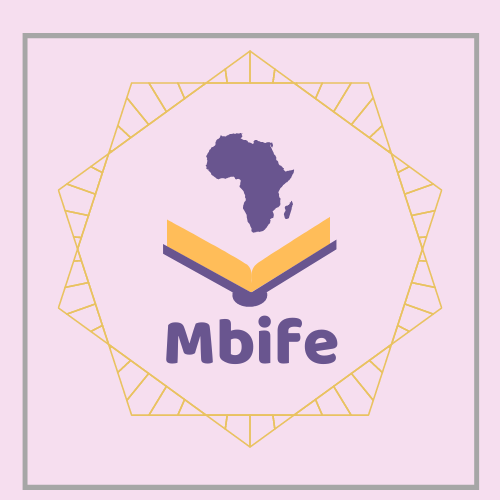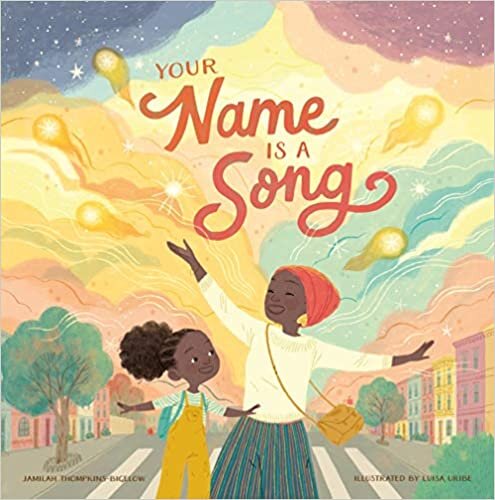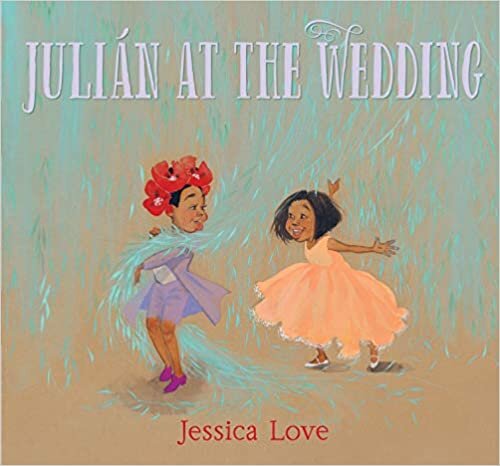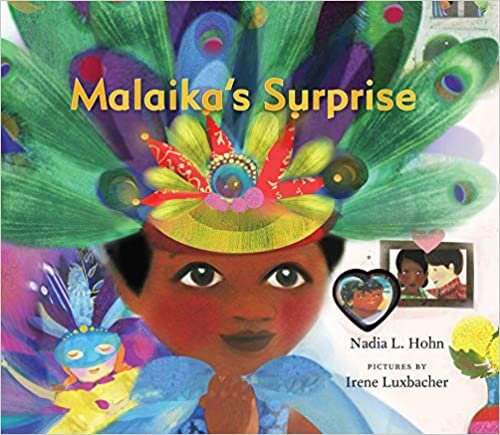May 21: World Day for Cultural Diversity for Dialogue and Development
May 21: World Day for Cultural Diversity for Dialogue and Development, a day set aside by the United Nations as an opportunity to deepen our understanding of the values of cultural diversity and to learn to live together in harmony.
What is your cultural heritage?
I am ethnically Gambian, Malian, and French. I was born in Nigeria and recently naturalised as a Swede, after having lived here in Stockholm for 10years. I grew up in Nigeria, Belgium, France and the Gambia but also spent an important part of my life in London, so it is a space that is one of my homes.
Home for me is not really a geographical space, I often describe it as a place where I feel a deep sense of belonging. Home is space where I know the codes, the norms, where I can move and exists as part of a whole. And I have this sense of belonging, in London, Los Angeles, Banjul, and Paris.
How is your culture present in your daily life?
Culture being something present and yet almost subconscious, it is not something we notice we do or partake in even though we do it daily. I think the most evident one for me is language, at home we interchange fluidly between all the languages we are fluent it. In conversations with my children or partner, we can have one conversation using English, wolof and Swedish words. We break sentences and use the words that fits right or the language that feels right instead of sticking to one language all the time.
My 7 year old might say to me “ Maman, I cannot hitta mina skor”- starting in French, then English and ending in Swedish.. and I think it a perfect way to illustrate how multiculturalism exists in us, it is many separate things and yet still one.
We also express multiculturalsim in the music we listen to, the media we watch, the people we meet and the books we read.
For example given that I grew up with Asterix and Obelix and the Smurfs as THE French Cartoons, my kids were exposed to those first, together with Pippi Longstockings given that they were born in Sweden. In the same way we eat traditional Gambian, Malian, Swedish and French food all the time. My kids never get pancakes, always crepes, and they know no meatballs other than Swedish meatballs. Their favourite dish is Gambian Domoda a peanut butter stew, so even our diet is reflecting our cultural heritage.
What are some aspects around multiculturalism that are often not considered?
I think that people who are multicultural often have this superpower around adaptability. They know have to navigate and be flexible to change. Living in a global world many organisations need to actively think about the talent they recruit and how they can ensure inclusion in the workspace.
That includes thinking about gender, ability, ethnicity and multiculturalism. Working with and thinking about people who are multicultural requires moving away from the assumption that people are just one thing. That is an important skill to practice generally, and can help us address some damaging stereotypes.
People who are multicultural often have strong cultural competence, which means that in meeting new cultures they can find it easier to build relationships and make meaningful connections. This is an incredible asset in the personal and professional world.
And finally multicultural people are often, not always multilingual which is again a very strong positive in some many contexts.
Has being a multicultural person affected the work you do?
I would say it has, in that today I am work as a global education advisor . I work with countries across continents and thrive of meeting and building connections with new people. I am comfortable in this work because it confirms to me that we all share this one humanity, and it is recognisable if you look for it. I also find that I have no preference in which geographical area I work in, I am as happy to work in Romania, Peru or Indonesia, I prioritise based on the education needs.
Being a multicultural mom and raising multicultural kids has led me to look for books to share with them that reflect our existence and when I found the literature lacking, I launched myself to be a part of the solution.
For 3 years now I have authored children’s books which try to open up the world and have inclusion at the heart of it all.
It is not news that there is a global lack of diversity in children’s literature. The fact that we even have sections of books called ‘diverse books’ implies that there is a norm of books and the rest is outside that. Books which teach us about the Chinese moon festival, or Holi, are not diverse to me , they are part of the core of all children’s literature.
How does Multiculturalism and children’s literature connect.
One lesson that most parents would agree with me is that we want our children to know that they are more than just one thing.
You can be British-Ghanaian, you can be also be great at sports and ballet, you can be a great singer and a scientist, you can love noodles and tacos.
We want nuance and have the ability to exists in more than one space in our lives and I see children’s literature as a perfect way to start those important conversation’s.
By reading books that come from different voices, countries, genres, we open up the world, we expand our children’s realities and their dreams.
And if a child can dream it, they can be it.
Here are some of my favourite reads which broaden our world at bedtime:
Top three tips to support parents to encourage an awareness of diversity and inclusion with their children
Think about the colours -
Reflect on how colours are used in clothing, decors etc to reinforce gender stereotypes. Does your child feel more comfortable in yellow even though blue is the main colour available in one section.. help them choose yellow!
2. Think about the toys -
All toys are for all children, maintain a balance between creative play, learning games, actions figures and whatever else your child likes.
There is a correction between professional women in STEM related work and girls access to opportunities to play with and explore math and science related games.
3. Read a wide range of books-
Spend some time talking to librarians or looking up book blogs to find books that are fun and might offer the opportunity to learn or discover something new. Just like at Easter we might read about the Easter bunny or Christian stories, Ramadan is perfect time to read about Eid Celebrations.
4. Beware the Stereotypes
All media has the potential to reinforce negative stereotypes. We as parents can be more intentional to check what messages are being shared on specific shows, radio programs, or books . If your child loves ballet for example try to find books that show more inclusion in dance where boys, and differently abled people also get to participate.






